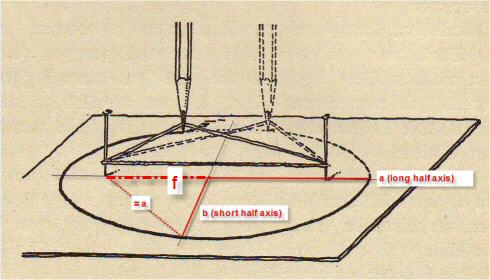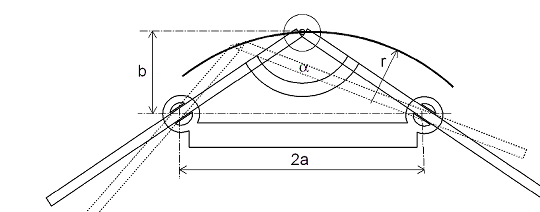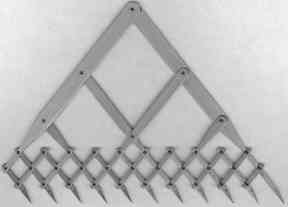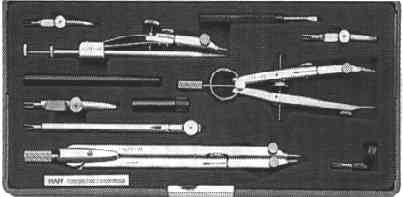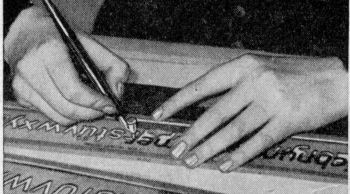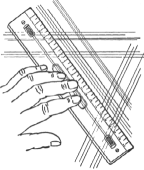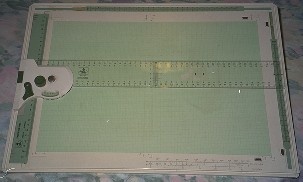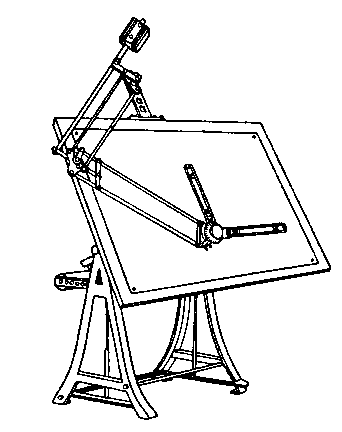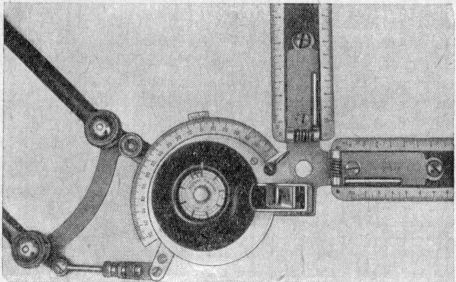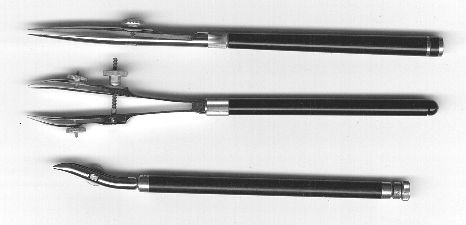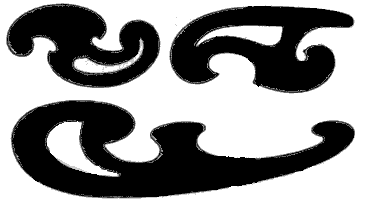
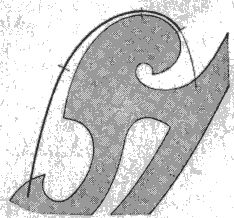
A common set of curves is the Burmester set displayed here. The first item is very handy for ellipses, the second very often fitts large parts of hyperbolas and the third (largest) item is used most for parabolas.
During my time as a mechanical engineer I also used a very special courving tool: some sort of plastic snake with lead spine, about 40 cm long. This could be bent to the desired shape.
In ship building where drawings frequently were to the scale (or at least as large as rooms), another form of curving tools were in use: in German it was called straklatte. This is a long straight slat of wood or other bendable material. It was pinned down along few points shaping the curve





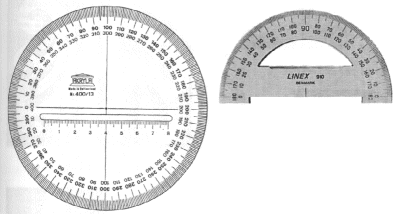

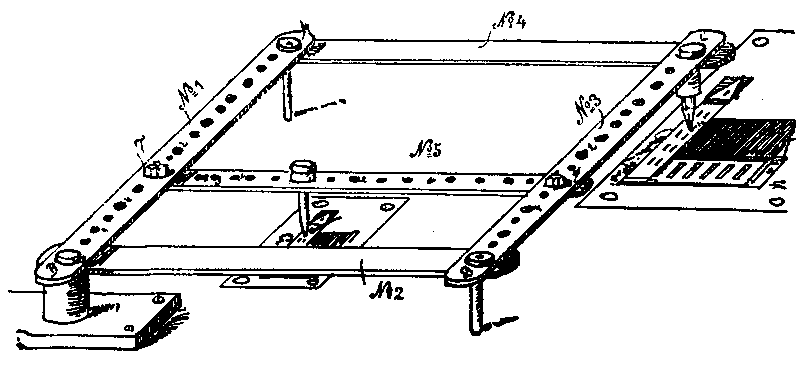
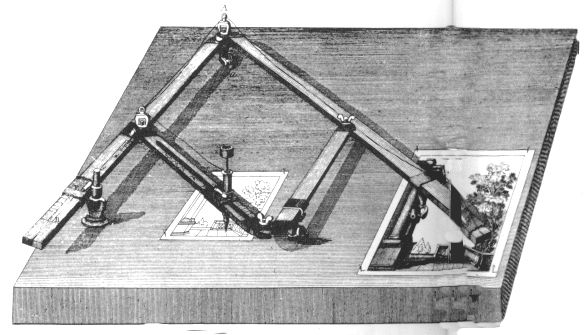
.jpg)
